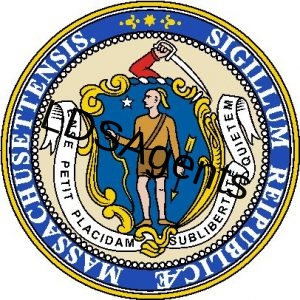
Worcester, Massachusetts
Worcester is the second largest city in New England after Boston. It was considered its own region for centuries; however, with the encroachment of Boston’s suburbs, it now marks the western periphery of the Boston-Worcester-Manchester U.S. Census Combined Statistical Area, or Greater Boston. The city features many examples of Victorian-era mill architecture.
LDS REALTORS Worcester Massachusetts Area
A FREE service connecting you with experienced LDS Real Estate Agents in Worcester, Westborough, Shrewsbury, Cherry Valley, Millbury, Auburn, Paxton, Holden, Leicester, Grafton and the surrounding area.
As seen on BYU-TV, we understand your family needs and concerns about food storage, ward boundaries, seminary and more. Find an LDS Realtor now!
|
|
Seek and ye shall…

Click to find a trusted professional.
Mormon Population
Mormons make up 0.35% of the population of Worcester. In the state of Massachusetts there are 24,965 members in 4 stakes, 38 wards, 13 branches, 1 mission, and 1 temple.
LDS History
During the 1830s, Massachusetts was an important destination for missionaries from Kirtland and other Church centers further west, and several branches were established. Following the organization of the Quorum of the Twelve in 1835, the apostles visited the eastern branches. During this trip they grouped branches into geographically defined “conferences” (in later years known as districts), the first time this had been done in the Church. In August 1835, they were in Bradford to organize the Massachusetts Conference, which covered the entire state. In 1845, Jedediah M. Grant wrote that Boston had more Latter-day Saints than any other eastern city — somewhere between 300 and 400.
Family Friendliness
New England is a dynamic area rich in culture and natural beauty. Central Massachusetts in particular, is an area that fully exhibits the character of New England. Rolling hills and deep woodlands create a landscape that has been the centerpiece of countless works of art. Country towns with smiling locals and rising metropolitan areas come together to form the heart of New England.
|
|